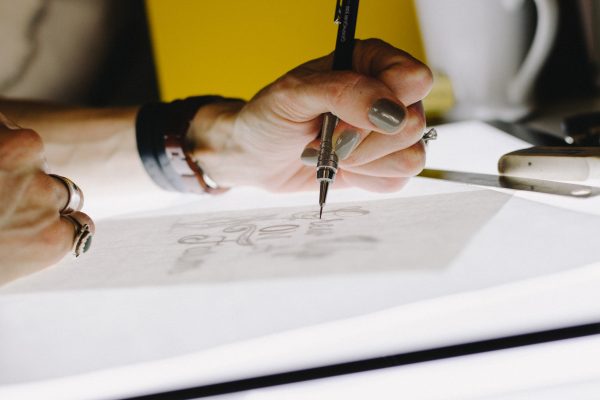
Design can often provoke the observer to look twice. Different observers may see different things or interpret the same thing they see in different ways.
When we design a logo for example, we often try to create something that is both obvious (particularly to the intended target audience), and something subtle that may be metaphorical to add depth and interest to the design. Sometimes we create a marque that is wholly ambiguous – to promote a conversation regarding the true meaning of the design or the designs link to the company it represents.
History has many examples of these techniques that have been employed in the creation of a “clever” marque. The suggestion of a steering wheel for Mercedes, the arrow in the negative space in the FedEx logo, the British Railway icon mimicking rail tracks or the Vodaphone logo suggesting speech. Each of these designs use perceptual cues to tap into our collective visual libraries – to help us read more into a simple shape so it becomes more than just the sum of its parts.
By creating a design that conveys complex messages quickly, attractively and memorably, whilst retaining an element of ambiguity or a suggestion of hidden meanings, should be the goal for every brand – large, small, local or global.
We trade in a busy, complex world, where our customers are both intelligent and discerning. Our brand designs need to reflect this and treat the observers with respect and deference, whilst aiming for a considered smile of understanding from them as they see through the layers of complexity in our designs.
To own a brand marque that is widely recognised, admired and representative of your company ethos and service, is an admirable and wholly achievable target to aim for. It will bring greater respect for your company and will elevate external perception of your brand from amateur to professional, or from negligible to serious – and these will all ultimately lead to greater understanding of your business and in turn facilitate greater prosperity.
Your customers demand respect, sympathy for their requirements and clear communication in a language they understand – a great logo can help you connect and inform, and show them that you can be the company they want to do business with.
In essence, your design may contain metaphors in its many elements, but the reason for you having the logo in the first place is far from ambiguous.
Adrian Taylor
